Volume 172
Published on July 2025Volume title: Proceedings of CONF-FMCE 2025 Symposium: Semantic Communication for Media Compression and Transmission

In the context of significant renewable energy integration, power load forecasting is viewed as an essential task in energy management and power system operation and scheduling. In an effort to enhance the accuracy and precision of power load prediction, a predictive technique based on Long Short-Term Memory (LSTM) networks enhanced by the quantum-behaved particle swarm optimization (QPSO) is applied to ultra-short-term power load prediction in this paper. Initially, normalization is used to preprocess power load data before it is divided into training and testing datasets. Subsequently, global optimization of the LSTM’s essential hyperparameters and network architecture is conducted via QPSO, resulting in the development of a QPSO-LSTM forecasting model. Subsequently, the forecasting model is evaluated by employing the coefficient of determination (R²), mean absolute error (MAE), mean absolute percentage error (MAPE), and root mean square error (RMSE) as performance metrics. Finally, comparative experiments are conducted between the proposed model and traditional neural network models. The findings demonstrate that the QPSO-LSTM model offers enhanced forecasting precision and optimal fitting performance.

 View pdf
View pdf



With the rapid development of the photovoltaic industry, many early photovoltaic modules have been reduced in photoelectric conversion efficiency and have entered the end-of-life stage, resulting in a large amount of resource waste. How to realize its resource recovery has become an urgent environmental and technical problem. Although there have been many studies on the recycling of PV devices, they are still industrialized. This is because there is no summarized discourse on the current development. This paper summarizes the structural composition of crystalline silicon photovoltaic modules and the pyrolysis behavior of the main materials, focuses on the decomposition characteristics of EVA encapsulation materials and backsheets under two atmospheres of nitrogen pyrolysis and air combustion, and explores the reaction mechanism, product distribution and synergistic effect in the pyrolysis process. The research progress of the co-pyrolysis strategy in enhancing the resource recovery efficiency and reducing the generation of harmful products is further summarized. This paper provides theoretical references for optimizing the heat treatment parameters and designing green and efficient recycling process, which is of some guiding significance for constructing a low-carbon recycling system of photovoltaic.

 View pdf
View pdf


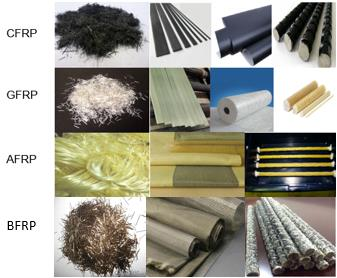
Fiber-Reinforced Polymer (FRP) composites have revolutionized the rehabilitation of aging concrete structures by addressing limitations of traditional materials, such as corrosion susceptibility and heavyweight. FRP variants—carbon, glass, basalt, and aramid—offer exceptional strength-to-weight ratios, corrosion resistance, and adaptability, enabling non-invasive retrofitting via externally bonded (EB) laminates, near-surface mounted (NSM) bars, and prefabricated grids. These techniques enhance flexural, shear, and seismic performance in beams, columns, and bridges, exemplified by long-term durability in projects like Switzerland’s Ibach Bridge. Emerging innovations include nanotechnology-enhanced adhesives to mitigate debonding, machine learning models for predictive structural analysis, and sustainable bio-based FRPs derived from renewable resources. However, challenges persist in interfacial durability, fire resistance, and standardized design protocols, particularly under environmental stressors or elevated temperatures. While FRP reduces lifecycle emissions and energy consumption compared to steel, economic viability and long-term performance in extreme conditions require further validation. Future research must prioritize fire-resistant formulations, predictive aging models, and interdisciplinary collaboration to optimize FRP’s role in sustainable, resilient infrastructure. This review synthesizes advancements and unresolved gaps, guiding practical implementation and fostering FRP’s potential in modern structural engineering.

 View pdf
View pdf


This study uses COMSOL Multiphysics to create an optical model incorporating layered skin structures to investigate the impact of melanin concentration on light absorption characteristics at red and infrared wavelengths. The dynamic calibration algorithm is proposed to enhance measurement accuracy. Simulation results show that under high melanin concentrations, red light transmission intensity decreases by 23.5%, leading to an R-value deviation of 6.8%. By integrating the Individual Typology Angle for skin tone quantification and applying multiple linear regression, the root mean square error (RMSE) is reduced from 5.44% to 1.2%. This research provides theoretical support for optimizing optical design and skin-tone calibration in pulse oximeters, contributing to improved health monitoring equity for darker-skinned populations.

 View pdf
View pdf


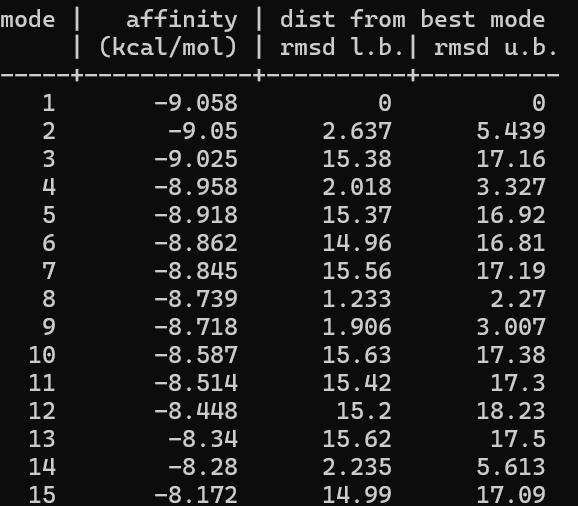
This study aims to investigate the synergistic activation effects and molecular mechanisms of diisobutyl phthalate (DIBP) and its metabolite monoisobutyl phthalate (MIBP) on estrogen receptors ERα and ERβ under combined exposure. Using AutoDock 4.2.6, molecular docking of the ligand-binding domains (LBDs) of ERα and ERβ is performed to analyze binding free energy (ΔG), key interaction sites, and spatial complementarity under single and combined treatments. The results show significant synergistic effects of DIBP and MIBP on both ERα and ERβ, which is hypothesized to result from the specific spatial complementarity of DIBP and MIBP in the receptors and the additive effect of binding energies, thereby significantly enhancing their synergistic activation of ERα and ERβ. Overall, DIBP-MIBP preferentially activate ERβ (ΔG=-9.058) more potently than ERα (ΔG=-7.73) through a two-site synergistic mechanism, suggesting that mixed exposure may enhance endocrine-disrupting effects on non-reproductive systems. This highlights the insufficient attention paid to the synergistic effects of PAEs metabolites and provides a basis for establishing receptor subtype-specific exposure limits. Given the scarcity of research on mixed exposure and the incomplete understanding of underlying mechanisms, and because molecular docking results solely reflect receptor binding capacity, the conclusions are inferred from binding energies and require validation by in vitro/in vivo experiments to demonstrate functional effects.

 View pdf
View pdf


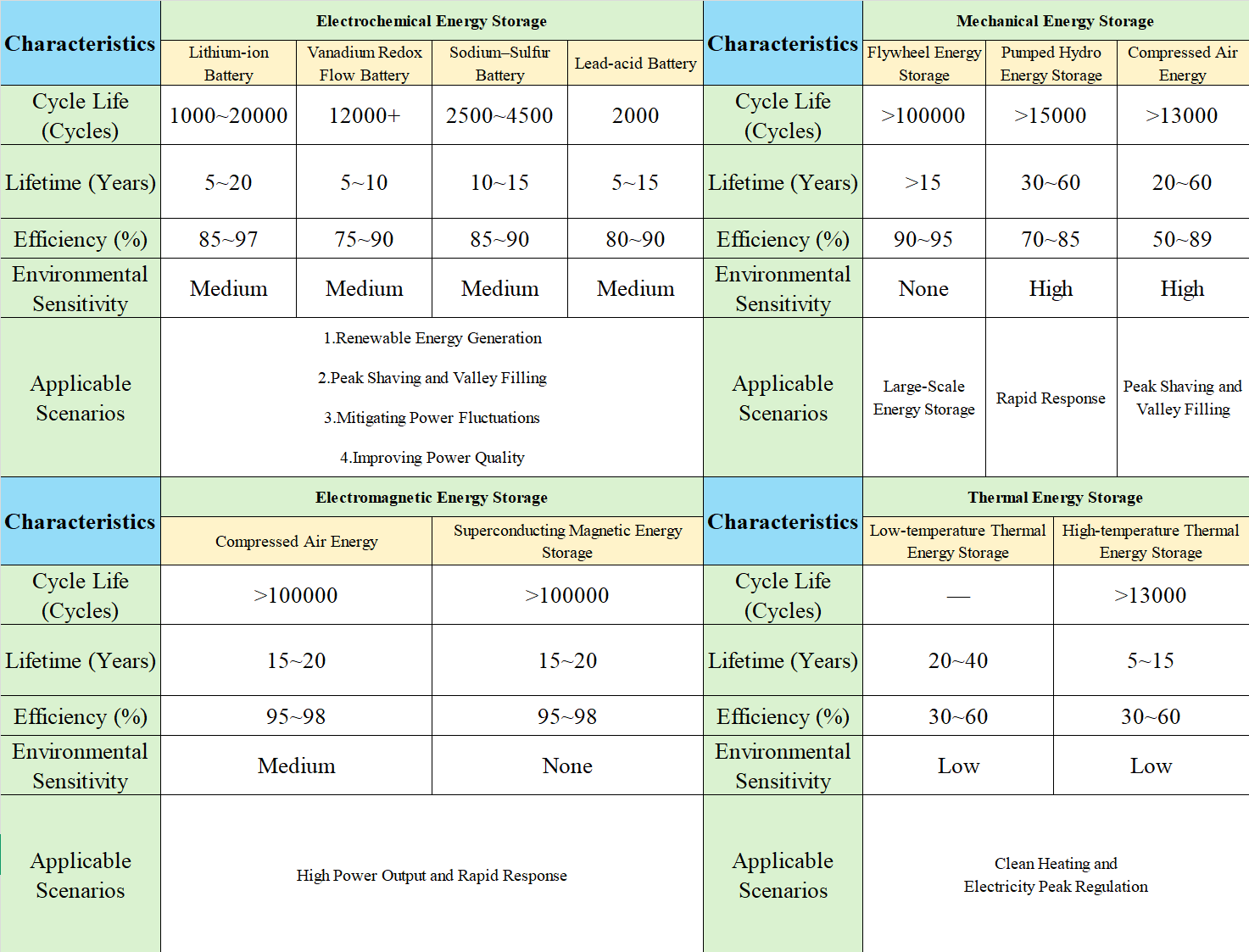
With the rapid development of renewable energy, large-scale grid integration of renewable sources such as wind and solar power has become prevalent. However, their intermittent and volatile nature poses significant challenges to the stability and reliability of power systems. As a key technology for peak shaving, valley filling, and smoothing fluctuations, energy storage technology has attracted considerable attention. Consequently, the optimal allocation of energy storage has become a hot research topic. This paper provides a systematic review of energy storage optimal allocation in new power systems from three perspectives. First, energy storage technologies are categorized based on energy types, and their respective characteristics and applicable scenarios are compared. Second, four major solution algorithms for energy storage optimization are summarized, including traditional optimization algorithms, swarm intelligence algorithms, hybrid optimization algorithms and machine learning approaches, with a discussion on their advantages and disadvantages. The paper also highlights that multi-objective optimization will become mainstream. Finally, based on the characteristics of new power systems, the paper discusses specific energy storage optimal allocation strategies from the perspectives of changes in energy structure and grid topology. This review offers theoretical support and technical references for constructing reliable, economical, and intelligent energy storage systems in new power systems.

 View pdf
View pdf


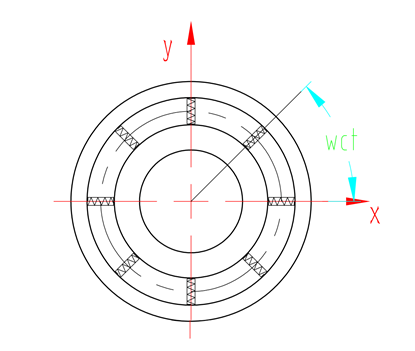
This research investigates the dynamic characteristics of rolling bearings under time-varying contact conditions, proposing a dynamic contact model integrating periodic damping and stiffness variations. Leveraging Hertz contact theory, the static stiffness formulation between rolling elements and raceways is derived and extended to a time-dependent stiffness framework. Combined with the fault excitation model of the local defect of the rolling bearing, a 2-degree-of-freedom dynamic equation including dynamic damping, variable stiffness and fault additional displacement was constructed. The motion equations were solved by the Runge-Kutta method, and the vibration responses of defect-free and defective bearings under static and dynamic contact conditions were compared and analyzed. The results show that the dynamic model can more accurately reflect the fluctuation characteristics of vibration displacement and acceleration; With defects included, the amplitude of vibration acceleration increased significantly to 150 m/s², verifying the effectiveness of the acceleration sensor in bearing health monitoring. This study provides theoretical support for dynamic characteristic analysis and fault diagnosis of rolling bearings.

 View pdf
View pdf



Low grade thermal energy generated during the operation of personal computers is often directly emitted in the form of heat dissipation, resulting in significant energy waste. Thermoelectric Generator (TEG) is an ideal solution for PC waste heat recovery due to their simple structure, lack of mechanical parts, and suitability for low-temperature differential environments. Inspired by the waste heat recovery scheme of the data center, this paper designs a set of PC waste heat recovery device based on thermoelectric conversion. This study used the method of combining experimental test and theoretical analysis. By building the PC waste heat recovery experimental platform, the temperature data and TEG power generation performance parameters of the CPUs were collected, and verified and analyzed with statistical data. The PC waste heat recovery system designed in this study can generate 7.98 kWh per year per unit; If applied to 1% of Chinese PCs (about 2.225 million units), the annual emission reduction can be equivalent to the carbon sequestration effect of planting 450000 trees. The experimental results provide a feasible technical scheme for the recovery of low-grade thermal energy.

 View pdf
View pdf


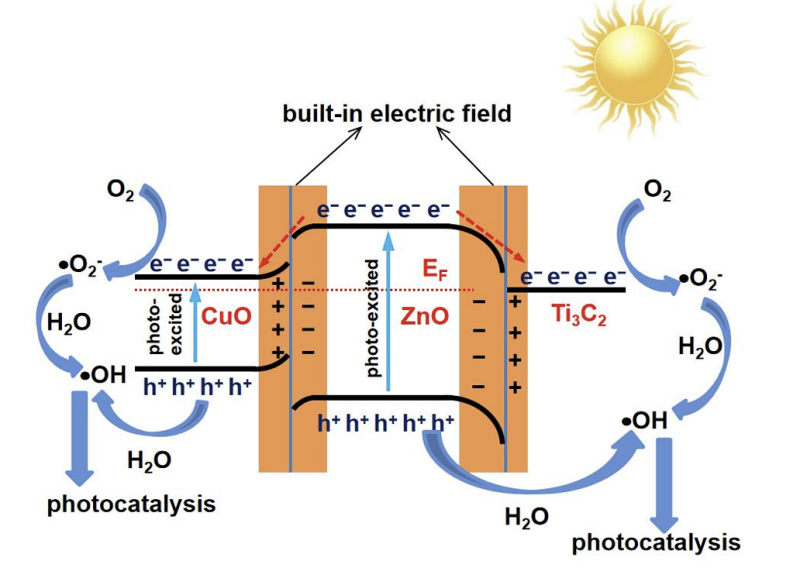
With the rapid advancement of nanotechnology and material preparation techniques, semiconductor nanomaterials have garnered increasing attention across various fields due to their distinctive optical and catalytic properties. These materials hold significant potential for applications in renewable energy, particularly in solar energy utilization, owing to their high energy conversion efficiency and other superior physical characteristics. This article not only summarizes the definition and classification of semiconductor nanomaterials but also delves into their underlying mechanisms. Additionally, it examines their applications and advantages in the realm of renewable energy in light of current technological progress and offers insights into future prospects and challenges. Given the broad application potential and innovative nature of semiconductor nanomaterials, they are poised to significantly enhance the utilization of renewable energy. The research findings indicate that the strategic application of these nanomaterials can lead to substantial improvements in energy conversion efficiency and overall system performance, thereby contributing to a more sustainable and efficient energy future.

 View pdf
View pdf



This paper provides an in-depth exploration of the research background, synthetic technologies, and advancements in the field of biomedically functional textile materials. These materials, characterized by their excellent biocompatibility, biodegradability, and multifunctionality, hold broad application prospects in the fields of wound care, tissue engineering, and drug delivery. However, their development still faces challenges such as optimizing biocompatibility, enhancing mechanical properties, controlling costs, and improving production processes.Electrospinning technology, which enables precise control over the microstructure of fibers, has become a key technique for the fabrication of high-performance biomedically functional textile materials. By utilizing a high-voltage electric field to form charged jets from polymer solutions that subsequently solidify into nanofibers, this technology endows materials with superior mechanical properties and biological functionality. In addition, conventional textile techniques, such as weaving, knitting, and braiding, also play important roles in the development of medical products with complex structures and high mechanical property requirements.In terms of material selection, biobased polymers (e.g., chitosan, gelatin) are characterized by their renewability and biodegradability and have demonstrated significant potential in applications such as antibacterial dressings and drug delivery systems. Synthetic polymers (e.g., PLGA, UHMWPE), on the other hand, are valued for their designable structures and properties as well as their excellent processability and hold an important position in the field of biomedically functional textile materials. However, biobased polymers still face numerous challenges in optimizing performance, large-scale production, and cost control, while synthetic polymers need to further address issues related to biocompatibility and degradation rate regulation.

 View pdf
View pdf



